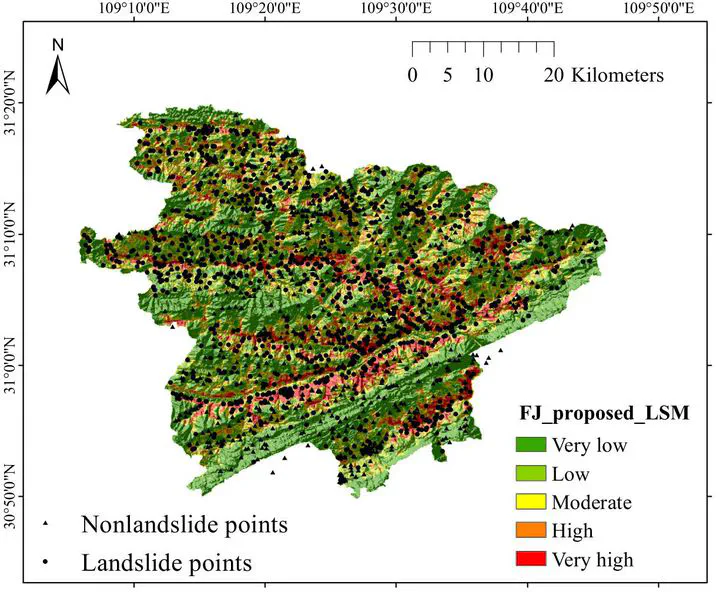Unsupervised Feature Learning to Improve Transferability of Landslide Susceptibility Representations
Jan 1, 2020·
,
 ,
,
,
·
0 min read
,
,
,
·
0 min read
Qing Zhu
Li Chen*
Han Hu
Saeid Pirasteh
Haifeng Li
Xiao Xie

Abstract
A landslide susceptibility map (LSM) is of vital importance for risk recognition and prevention. In the last decade, statistical methods have gradually exerted their impact on mapping the landslide susceptibility to locate the high-risk places of landslide. However, due to the complexity of getting full access to the thematic information in large scenarios, most of these statistical methods generally suffer from overfitting, inadequate representative power, and the inability to transfer the learned representation to other places. To solve these challenges, this study designed an unsupervised representation learning module, which features independence, compactness, robustness, and transferability. Specifically, we first stack restricted Boltzmann machines and denoising autoencoder to unsupervised discover the underlying representations embedded in the thematic maps. Then, we applied the transferring strategy in an adversarial manner to generalize the learned representations to the sample-scarce area. Experimental results and analyses using data in different regions have revealed that the proposed method can be generalized well between different LSM scenarios. In terms of precision, it outperforms other methods by a large margin, e.g., by around 7% compared to multilayer perceptrons with the same configuration, and by 3%-4% to the state of art algorithm random forest. Besides, compared to other methods, the landslide susceptibility map that is predicted by the proposed method featuring smoothness and stableness seems more reliable, and is more according to some prior knowledge that, for example, distance to the drainage, slope, and stratum, should exert dominant effects on the occurrence of a landslide.
Publication
IEEE Journal of Selected Topics in Applied Earth Observations and Remote Sensing